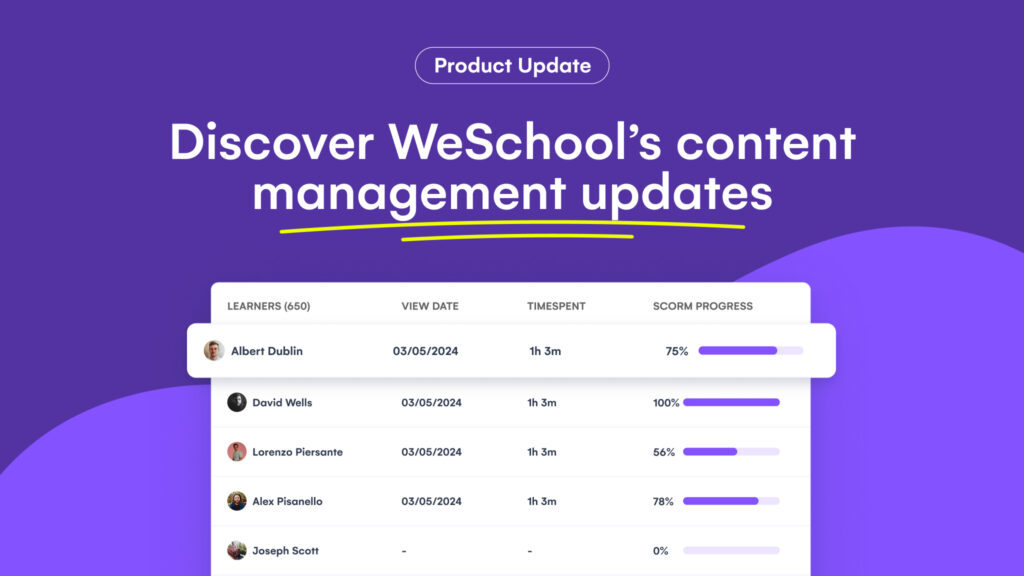Increased agility
Skills-based organizations quickly adapt to changes, making them more agile and responsive.
Better employee engagement
Employees in skills-based organizations are more engaged because they feel valued for their skills and what they bring to the table, not just their job title.
Improved retention
Employees are more likely to stay with an organization that values their skills and gives them opportunities to grow and use them.
Increased productivity
Employees are more productive when they are using their skills to help a company meet its goals.
Improved innovation
Skills-based organizations are more innovative because employees are encouraged to use their skills to develop new ideas and solutions.




Reviews